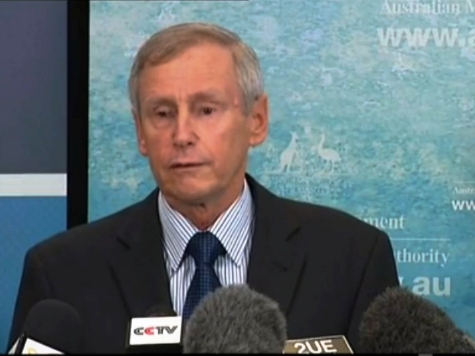The search for missing Malaysia Airways flight MH370 has shifted to a new area of the Indian Ocean after a “credible lead,” Australia says.
The search will now focus on an area 684 miles north-east of the previous zone, after analysis of radar data showed the plane was going faster than previously thought, and thus burning fuel more quickly.
Search efforts had been focused on an area 1,550 miles south-west of Perth after satellite images showed many small objects floating in the sea, but there is still no evidence that they are related to the plane.
The Australian Martime Safety Agency (Amsa)’s John Young said that teams have now “moved on” from that area.
Acting Malaysian Transport Minister Hishammudin Hussein said that although the search area had been moved, this did not discount the idea that the previously sighted objects came from the flight.
“Because of ocean drift, this new search area could still be consistent with the potential objects identified by various satellite images over the past week.”
Amsa have issued a statement saying: “The search area for missing Malaysia Airlines flight MH370 has been updated after a new credible lead was provided to the Australian Maritime Safety Authority (AMSA).
“As a result today’s search will shift to an area 1,100 kilometres [684 miles] to the north east based on updated advice provided by the international investigation team in Malaysia.
“The Australian Transport Safety Bureau (ATSB), Australia’s investigation agency, has examined this advice and determined that this is the most credible lead to where debris may be located.
“The new search area is approximately 319,000 square kilometres [123,167 square miles] and around 1,850 kilometres [1,150 miles] west of Perth.
“The new information is based on continuing analysis of radar data between the South China Sea and the Strait of Malacca before radar contact was lost.
“It indicated that the aircraft was travelling faster than previously estimated, resulting in increased fuel usage and reducing the possible distance the aircraft travelled south into the Indian Ocean.”

COMMENTS
Please let us know if you're having issues with commenting.